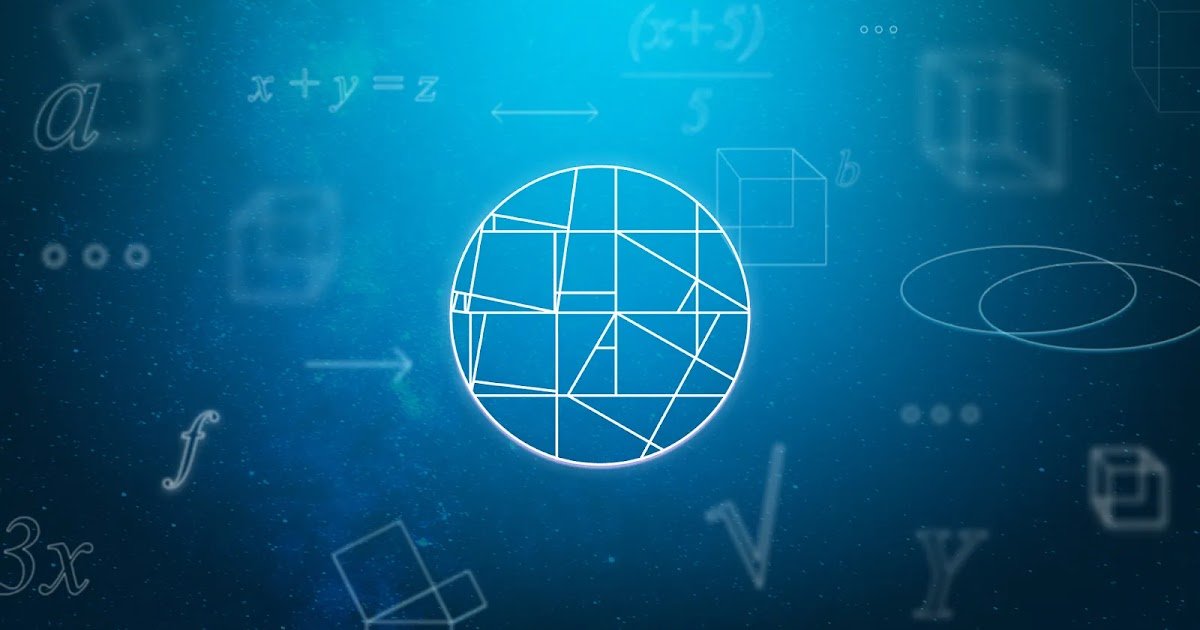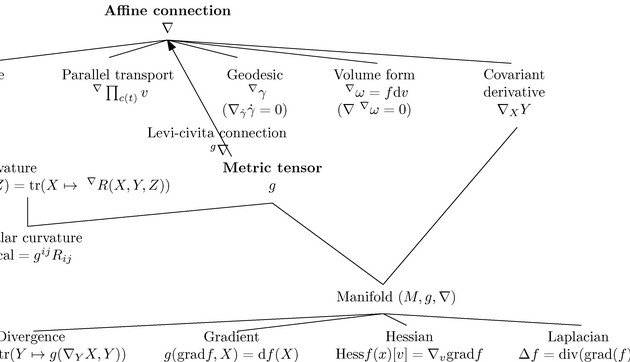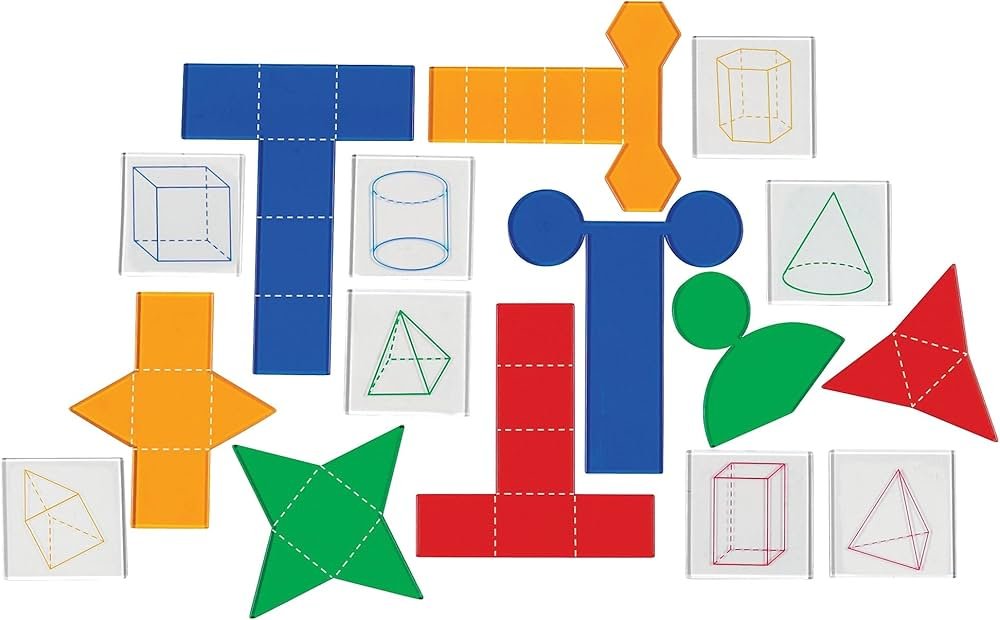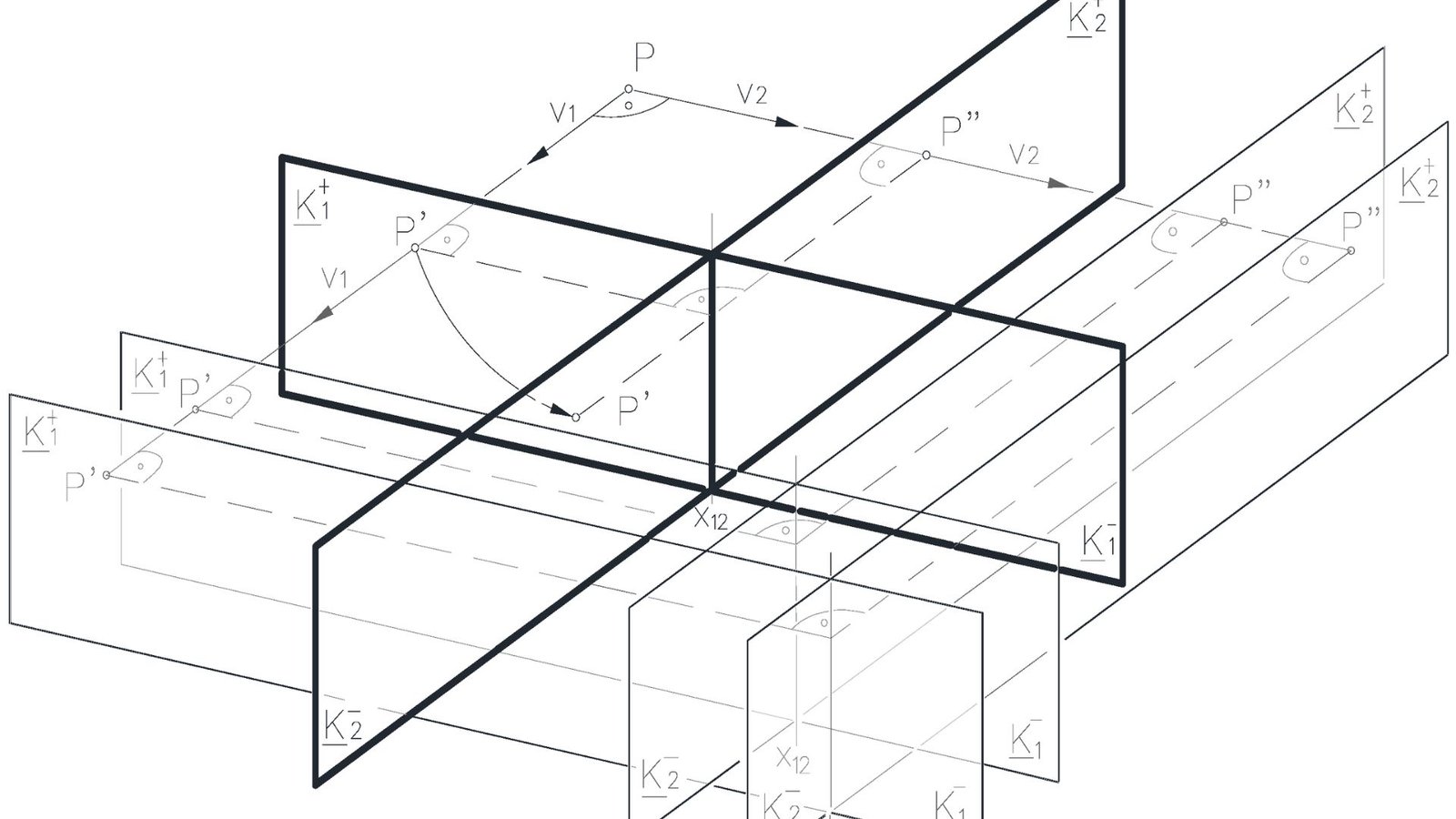When it comes to solving geometric problems with informatics, the combination of mathematics and computer science can lead to powerful solutions. Geometric problems often involve complex shapes, dimensions, and relationships that can be challenging to analyze and visualize. By applying informatics, we can streamline the problem-solving process and enhance our understanding of geometric concepts. In this article, we’ll discuss effective strategies for tackling these problems using informatics tools and techniques.
Understanding Geometric Problems
Geometric problems typically involve the study of shapes, sizes, and the properties of space. These problems can be found in various fields, including architecture, engineering, computer graphics, and robotics. To effectively address geometric challenges, it is crucial to break down the problems into manageable components and apply suitable informatics strategies.

1. Define the Problem Clearly
The first step in solving geometric problems with informatics is to clearly define the problem. What specific geometric relationship or property are you trying to understand? Identifying the parameters, constraints, and desired outcomes will help you create a focused approach. Take the time to write down the problem statement and any relevant information. This clarity will guide you throughout the problem-solving process.
2. Utilize Geometric Software Tools
Various software tools are available to assist in geometric modeling and visualization. Programs like AutoCAD, GeoGebra, and Blender can help you create and manipulate geometric shapes effectively. These tools allow you to visualize complex relationships and experiment with different configurations. By using geometric software, you can gain insights that may not be obvious from equations or diagrams alone.
3. Apply Computational Geometry Techniques
Computational geometry focuses on algorithms and data structures for solving geometric problems. Techniques such as triangulation, convex hull algorithms, and Voronoi diagrams are powerful methods for analyzing shapes and spatial relationships. By implementing these techniques in programming languages like Python or C++, you can automate calculations and obtain accurate results quickly.
Explore Online Entertainment Options
While you’re exploring the fascinating world of geometric informatics and its applications, you might also be interested in exploring online entertainment during your leisure time. For those in Australia seeking a variety of gaming experiences, you can discover several australia online casino sites from the comfort of your own home.
4. Leverage Data Visualization
Data visualization plays a crucial role in solving geometric problems with informatics. Visualizing data in various forms, such as graphs, plots, and 3D models, can help you identify patterns and relationships that might otherwise go unnoticed. Tools like Matplotlib and D3.js can be used to create dynamic visual representations of your geometric data, enhancing your understanding of the problem.
5. Incorporate Mathematical Models
Mathematical models provide a framework for analyzing geometric problems. By formulating equations and expressions that describe the geometric properties, you can use computational methods to find solutions. Techniques such as optimization, linear programming, and numerical analysis can be applied to solve complex geometric equations and derive meaningful results.
6. Implement Algorithms
Implementing algorithms is an essential strategy in solving geometric problems with informatics. Algorithms can be designed to process geometric data, perform calculations, and optimize solutions. Familiarizing yourself with common algorithms, such as those for searching, sorting, and geometric intersection, will enhance your problem-solving capabilities.
7. Use Simulation Techniques
Simulation allows you to model and analyze geometric scenarios dynamically. By simulating geometric problems, you can observe how changes in parameters affect outcomes. This approach is particularly useful in fields such as engineering, where real-world constraints and behaviors must be considered. Tools like MATLAB and Simulink can facilitate simulation and provide valuable insights.
8. Collaborate and Share Knowledge
Collaboration is a vital aspect of solving geometric problems. Engaging with peers, participating in online forums, and sharing your findings can lead to new perspectives and ideas. Collaboration encourages the exchange of techniques and tools that can enhance your problem-solving abilities. Use platforms like GitHub to share code and collaborate on projects.
9. Stay Updated with Research
Staying informed about the latest research and developments in geometry and informatics is essential for continuous improvement. Reading academic journals, attending conferences, and following industry trends can provide you with new insights and strategies for solving geometric problems. Being aware of recent advancements can inspire innovative approaches to your challenges.
10. Practice Regularly
Finally, practice is crucial for mastering the skills needed for solving geometric problems with informatics. Regularly tackling different geometric challenges will improve your understanding and proficiency. Utilize online platforms, coding challenges, and geometric puzzles to sharpen your skills. The more you practice, the more confident you will become in applying informatics strategies to solve geometric problems.
Enhancing Your Online Experience
At Geometric Informatics, we value innovative solutions and seamless user experiences. For those looking to combine entertainment with convenience, Jokacasino offers a variety of engaging games accessible instantly. Whether you are seeking a quick gaming session or extended play, this platform ensures smooth performance across devices.
Conclusion
In conclusion, solving geometric problems with informatics requires a strategic approach that combines clear problem definition, the use of software tools, computational techniques, and data visualization. By leveraging mathematical models, implementing algorithms, and staying connected with peers and research, you can enhance your problem-solving skills. Remember, regular practice is key to mastering these strategies. By following these guidelines, you will become more adept at tackling geometric challenges and applying informatics effectively.




